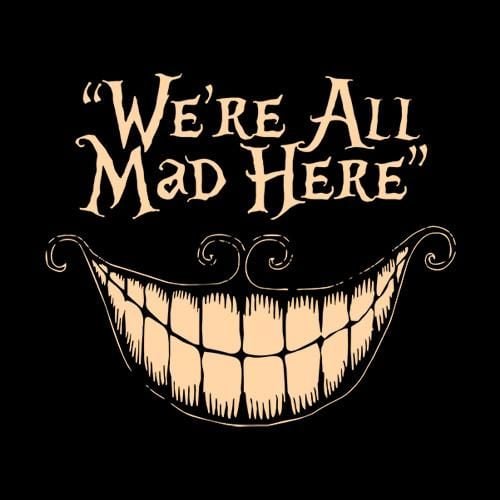- cross-posted to:
- [email protected]
- cross-posted to:
- [email protected]
cross-posted from: https://lemmy.world/post/2207898
Did you ever hear the tragedy of WebP The Efficient? I thought not. It’s not a story the GIF gang would tell you. It’s an image legend.
WebP was a new format of pictures, so efficient and so lightweight, it could use modern compression to influence the web pages to actually load faster…
It had such a knowledge of the user’s needs that it could even keep transparency and animations from dying.
The power of modern computing is a pathway to many abilities some consider to be unnatural.
It became so widespread… The only thing we had to be afraid of, was people insisting on using formats from the 90’s, which eventually, of course, they did.
Unfortunately, we didn’t teach the noobs everything we knew about compression, then the noobs killed the format by converting it to PNG and sharing that.
Ironic. We could save the web from being too slow, but not from the users.


If you look into it a bit more, the resistance around WebP is mainly because it has some crippling weaknesses. I did some visual quality testing ( here, here & here ) & I (as well as many others independently) have found that for photographic images, WebP & JPEG are equals, & Google’s messaging that lossy WebP meaningfully improves upon JPEG for general visual quality per bit is misleading. That being said, WebP has some important strengths that are not often acknowledged. In addition to transparency & (really good) animation support, it also has:
WebP’s main weaknesses are:
JPEG-XL in particular is very promising. It faces hostility from Google but has an incredible breadth of features & strong compression performance, as well as Apple ecosystem-wide adoption on the way with the upcoming versions of macOS, iOS, ipadOS, etc. It is also royalty free. AVIF is better than WebP at everything except lossless, too.
Feeling any which way about WebP, it is still a shame to see it transcoded to PNG. All that wasted potential …